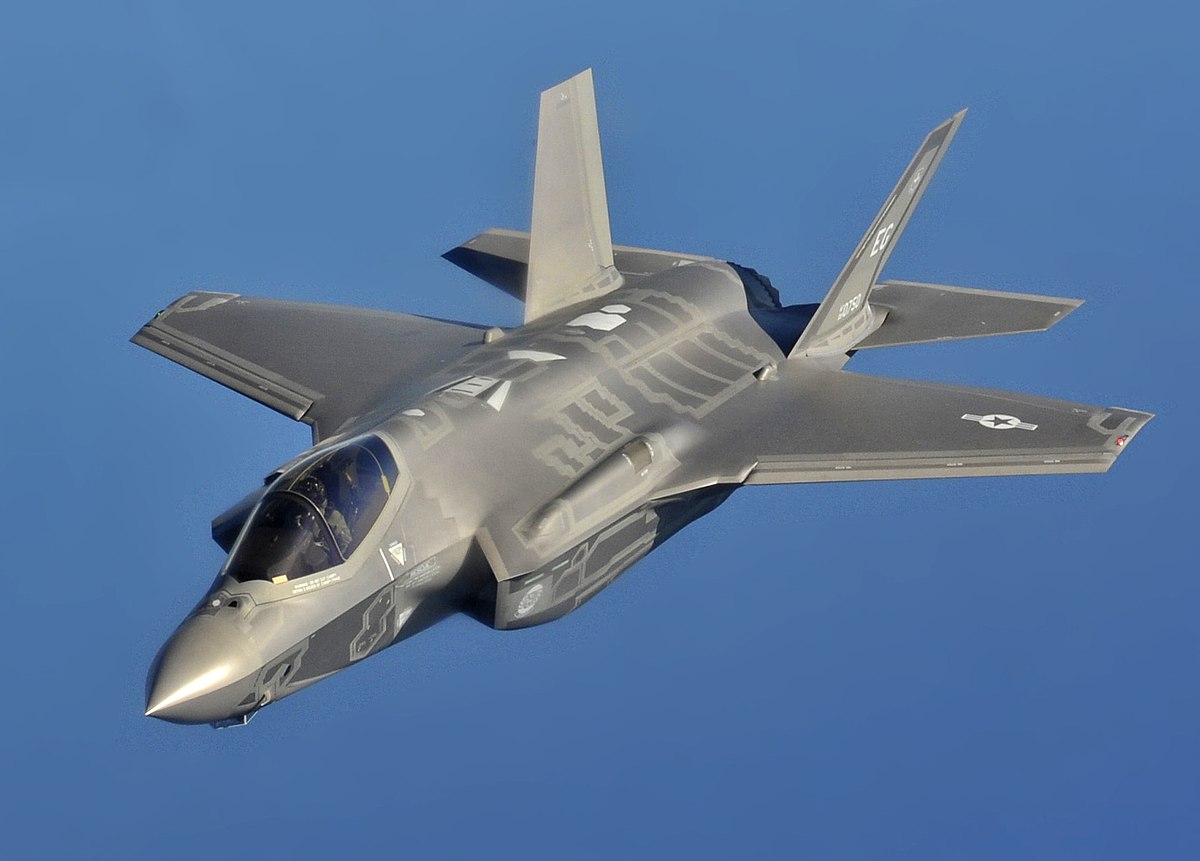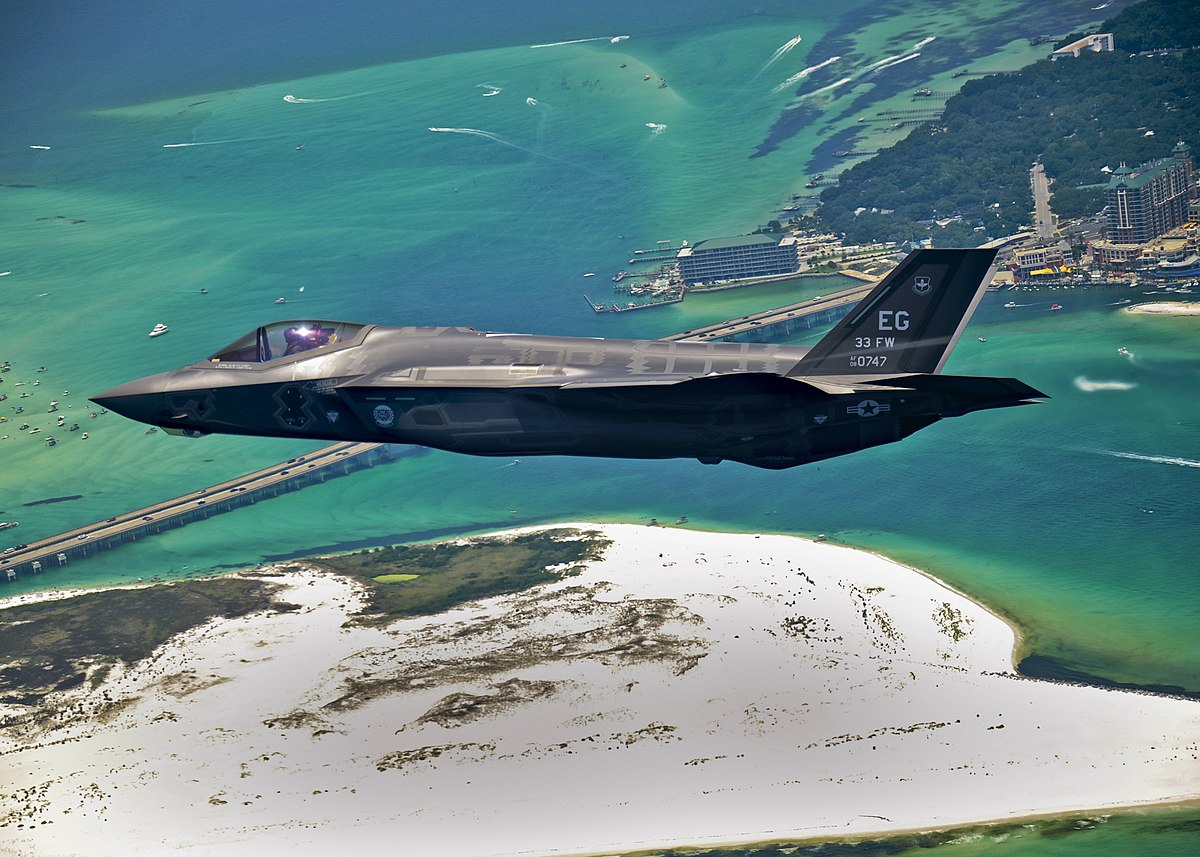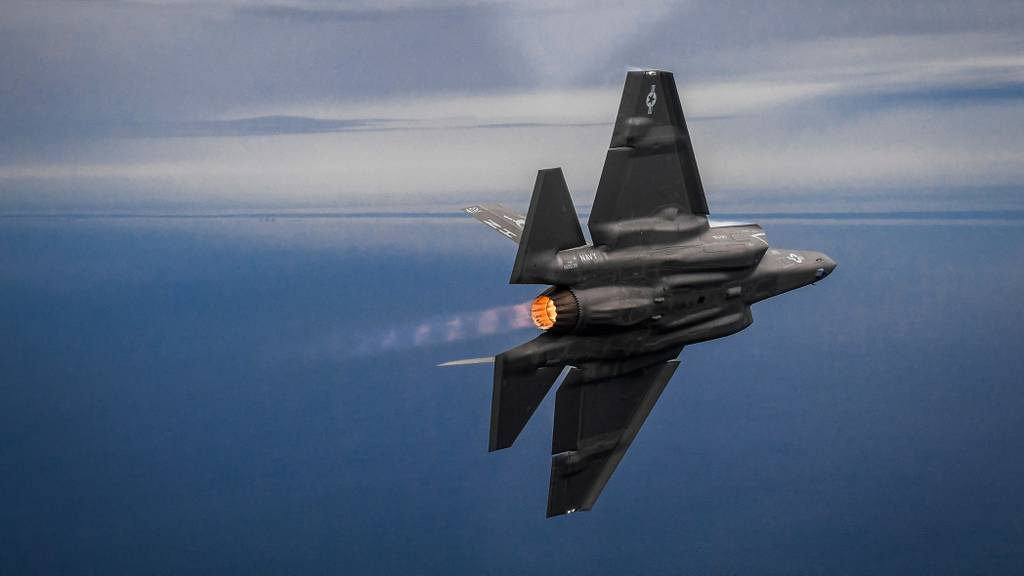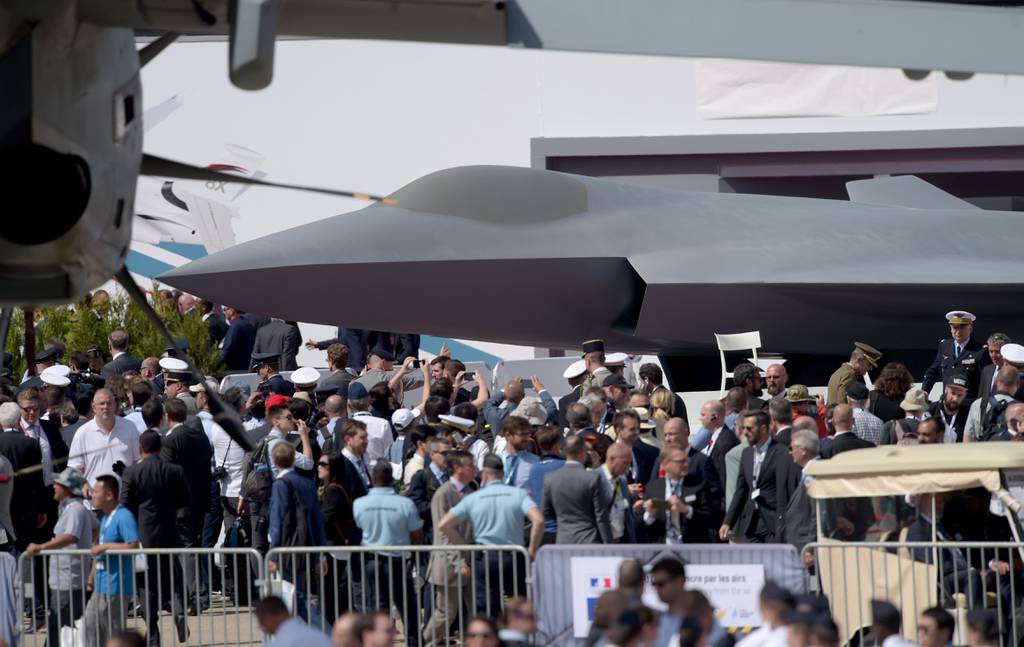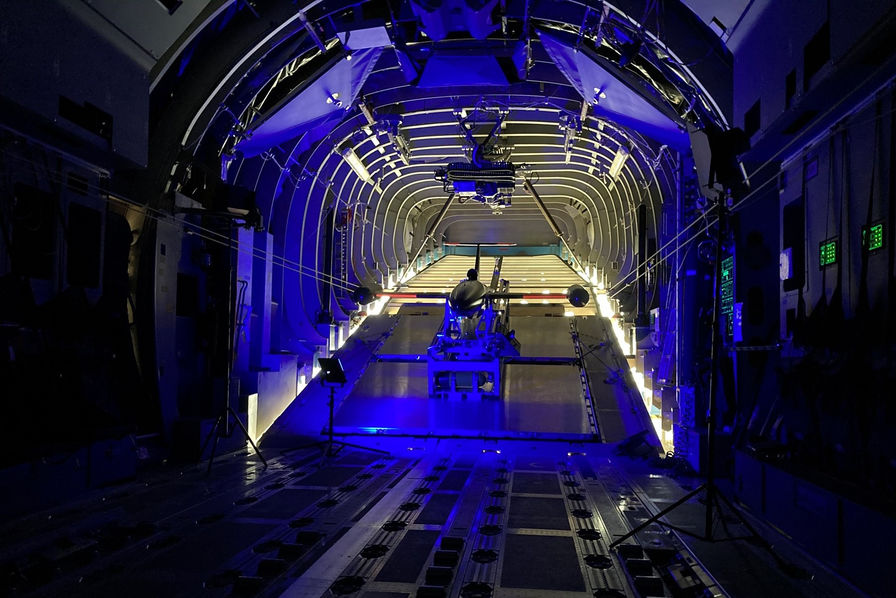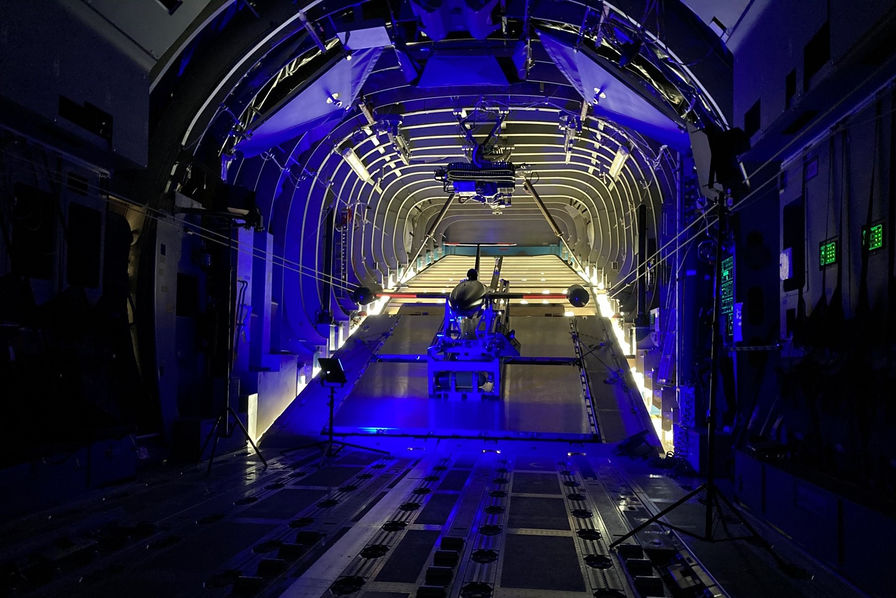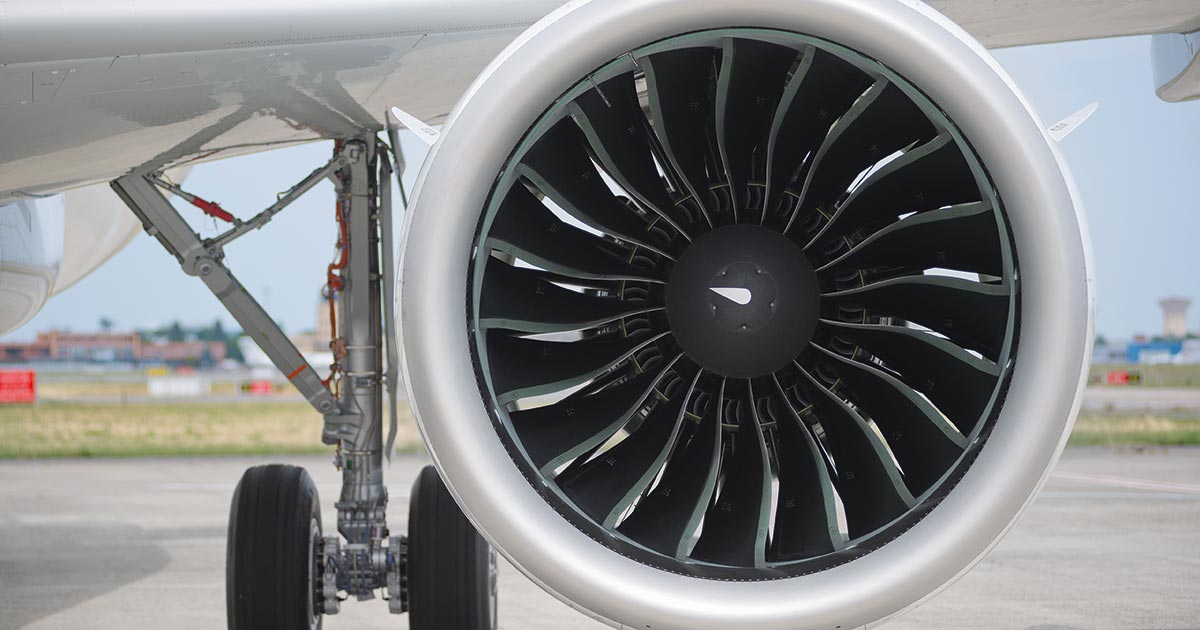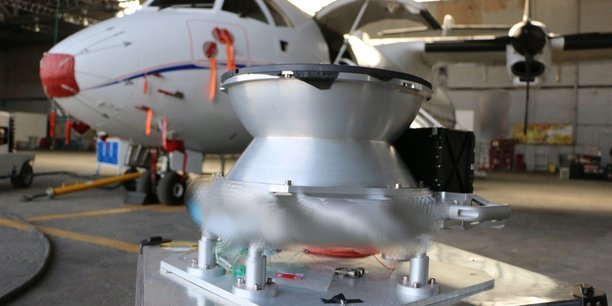Interesting to compare your post and the post of Archie above with the 2007-2012 Indian MRCA competition for 126 fighters (at this time nobody knew that it would be in fact only 36 and that India would order S-400 later)Combat aircraft aren't an open market though. Its an inherently political decision with many drivers.
The main export markets for a European product now are those that the US (and others) want to restrict technology access (for good reasons), so its little wonder that US technology doesn't just get handed over to be passed on.
-First round : F-16 IN, F/A-18 E/F, Typhoon, Gripen, Rafale and MiG-35. USA don't propose F-35.
-Second round : only Rafale AND Typhoon. USA don't propose F-35.
-As soon as Rafale wins, USA immediately propose F-35 and to share information on the plane.
Yes, combat aircraft market is an inherently political decision with many drivers. But business and geostrategy are "good reasons" for export market too.
Because the US and India have always been BFFs?

